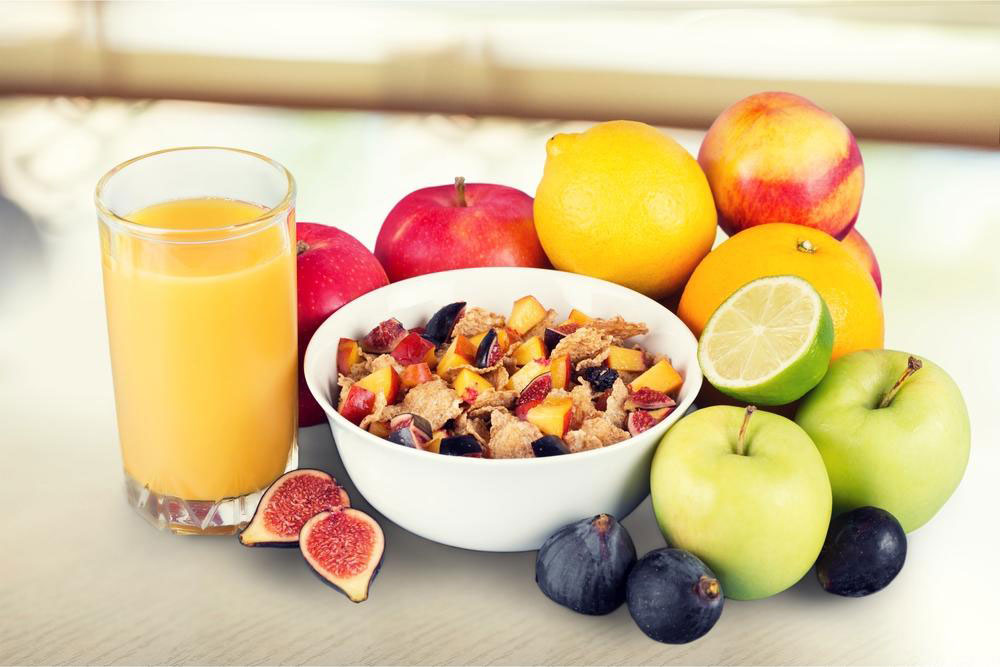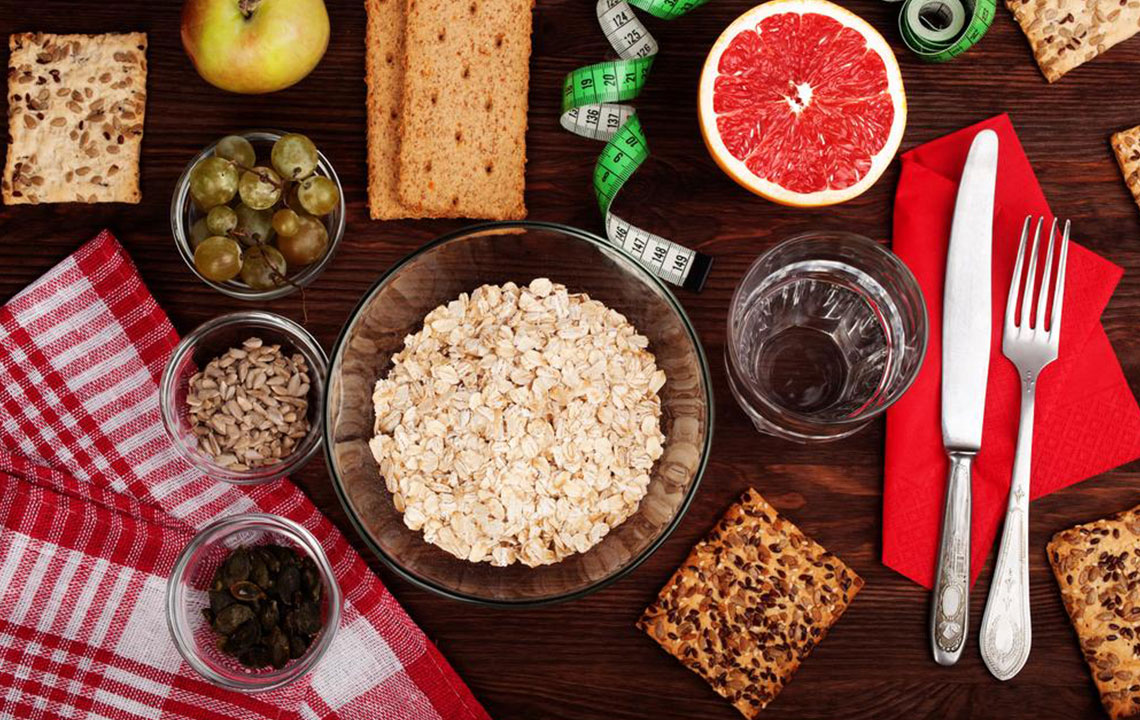Essential Guide to Managing Diabetes with Proper Meal Planning
Discover essential strategies for managing diabetes through effective meal planning. Learn about nutritious food choices, portion control, and practical tips to maintain blood sugar levels. This guide helps those with diabetes create sustainable diets, improve overall health, and prevent complications with balanced nutrition and regular activity.

Essential Guide to Managing Diabetes with Proper Meal Planning
Diabetes is a long-term condition characterized by elevated blood sugar levels. Its prevalence has grown largely due to unhealthy lifestyles. Contrary to common beliefs, people with diabetes can enjoy their favorite foods by incorporating nutritious options into their diet. A balanced diet is crucial for effective diabetes management.
Creating a diabetes-specific meal plan is highly recommended. It involves a schedule that details suitable food types and portion sizes for each mealtime.
Adhering to a structured meal plan is vital. Consistently following your diabetic diet helps regulate blood sugar and maintain a healthy weight. Begin by planning your breakfast, lunch, and dinner, with two light snacks in between. A typical daily intake can be around 1,400 calories, but consult your healthcare provider to tailor it to your age, weight, health, and lifestyle.
Key Food Choices for Diabetes Control
The top eight components of an effective diabetic meal plan include:
Fruits
Vegetables
Low-fat or fat-free dairy products
Yogurt
Whole grains
Beans
Lean proteins like fish and poultry
Legumes such as peas and lentils
These foods support heart health, are nutrient-rich, and low in calories and fats. A balanced diabetic diet incorporates carbohydrates, healthy fats, fiber, vitamins, and protein. Developing a meal plan with a dietitian ensures it fits your eating habits and lifestyle. Remember to eat every 3 to 4 hours. Avoid foods like canned fruits in syrup, sugary drinks, chocolate milkshakes, honey, trans fats, white rice, pasta, and fried foods.
Six Practical Tips for Starting Your Diabetic Meal Plan
Have three nutritious meals and snacks
Ensure each meal contains appropriate carbohydrate and protein amounts. Adjust portions based on your weight and habits, and seek professional guidance if needed.
Never skip meals
Regular eating maintains metabolic stability. Gaps between meals can disrupt your body's energy balance.
Increase fiber intake
Include wholegrain cereals, leafy greens, fruits, and check food labels for fiber content to support digestion and blood sugar control.
Control fat consumption
Choose low-fat foods and read labels to monitor saturated and unsaturated fat levels.
Maintain a healthy weight
Weight loss can help keep blood sugar levels stable, reduce cholesterol, and lower cardiovascular risk.
Stay active
Regular exercise, like brisk walking, swimming, or cycling for 30 minutes daily, can help regulate blood glucose and improve overall health. Consult your doctor before starting any new fitness routine.
Discuss alcohol intake with your healthcare provider, especially if you're on medication. Combining a well-balanced diet with regular exercise and blood sugar monitoring is essential for effective diabetes management and complication prevention.










